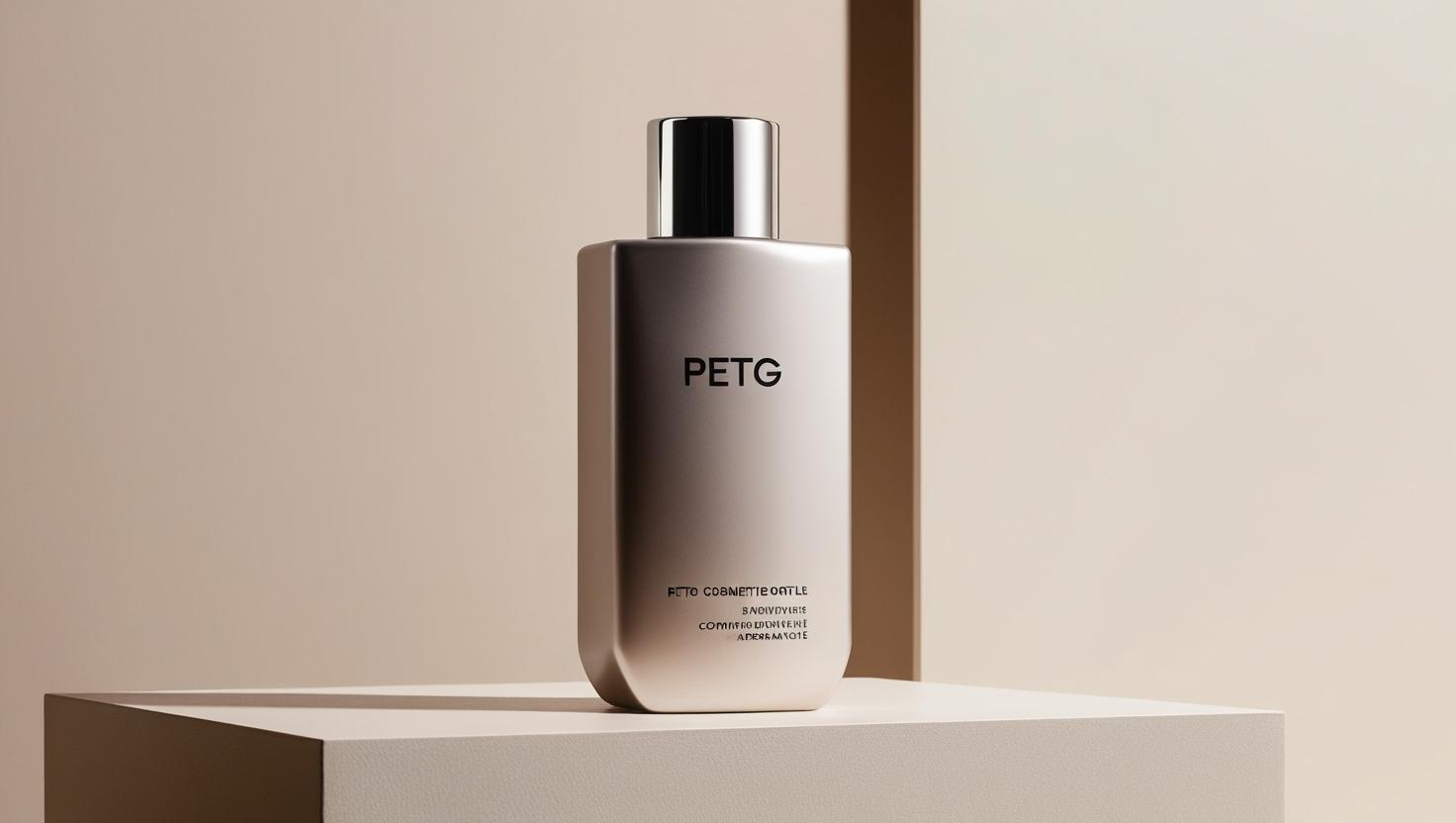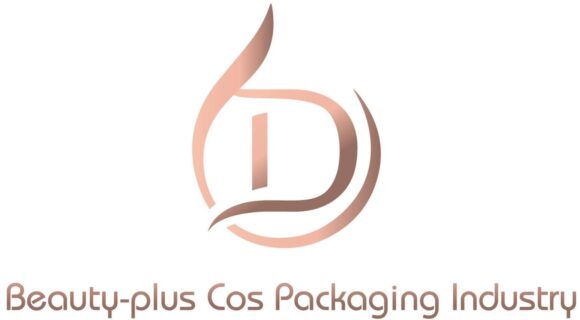
When choosing materials for cosmetic packaging, PETG1 has emerged as a strong contender to PET2.
Although they look similar, PET and PETG have distinct properties that affect product performance, durability, and recyclability. So which one is better for your skincare line?
What Is PETG?
PETG3 stands for Polyethylene Terephthalate Glycol. It is a glycol-modified version of PET, designed to be more flexible, impact-resistant, and easier to mold—while still maintaining clarity and strength.
This makes PETG a great option for customized packaging shapes, active ingredient compatibility, and premium aesthetics.
Key Differences Between PET and PETG
| Property | PET | PETG |
|---|---|---|
| Transparency | Excellent | Excellent with higher gloss |
| Flexibility | Rigid | Semi-flexible |
| Impact Resistance | Moderate | High (PlasticsToday4) |
| Chemical Resistance | Limited | Excellent (Trayak5) |
| Recyclability | Widely accepted (#1 plastic) | Recyclable, but less universal (Richmond Containers6) |
| Processing Ease | Higher temp, less flexible | Easily molded at low temps (Fictiv7) |
PETG is often preferred when a formulation includes aggressive ingredients like alcohol or essential oils that could weaken PET over time.
When Should You Choose PETG?
PETG is a great choice if:
- Your formula includes strong actives or essential oils
- You want a package with complex curves or ergonomic features
- You’re targeting a luxury market and need crystal-gloss clarity
- Your distribution involves frequent shipping and impact risk
When Should You Stick With PET?
PET may be better if:
- Your brand needs wide recyclability and low-cost sourcing
- You prioritize clear containers without complex mold shapes
- Your formula is water-based or non-reactive
- You're producing at very high volumes where tooling is already set
Final Thoughts
Both PET and PETG are excellent plastics for skincare bottles, but they serve different purposes. PET is affordable, recyclable, and simple. PETG adds a layer of durability, gloss, and chemical resistance that makes it better suited for premium or active formulations.
Want to explore more material types? Stay tuned for the next post: Why Is PP Used in Lotion Pumps and Closures?
-
PETG is a modified version of PET that includes glycol, improving flexibility and clarity. ↩
-
PET is a widely used rigid plastic in cosmetic bottles, known for its strength, gloss, and recyclability. ↩
-
PETG’s molecular structure makes it easier to mold than PET, which is ideal for custom cosmetic packaging. ↩
-
PETG has higher impact resistance than PET, making it less likely to crack during transport or use. ↩
-
PETG is more chemically resistant than PET, which makes it safer for packaging alcohol-based or oily formulations. ↩
-
PETG is recyclable, but it is not accepted as widely as PET in municipal systems and may require special sorting. ↩
-
PETG has a lower melting temperature than PET, which allows for easier processing in complex mold designs. ↩

